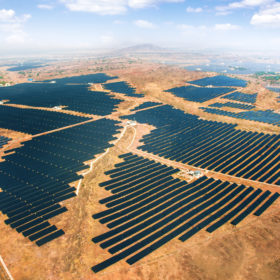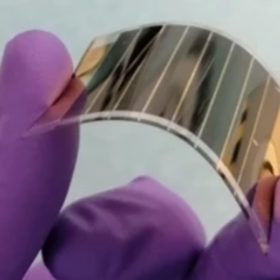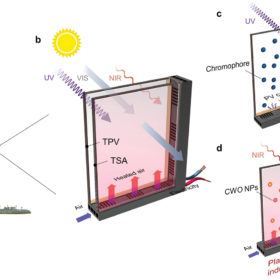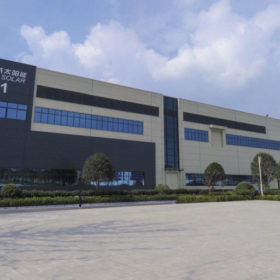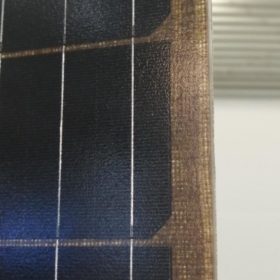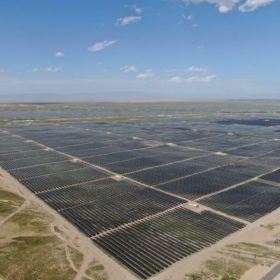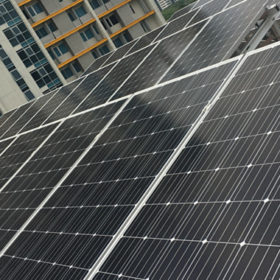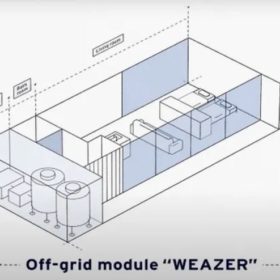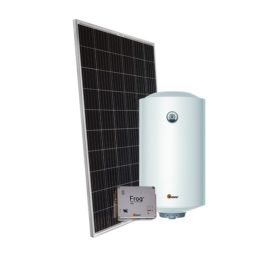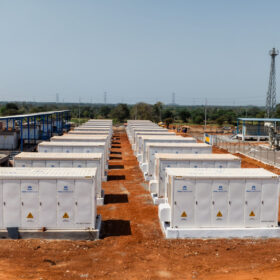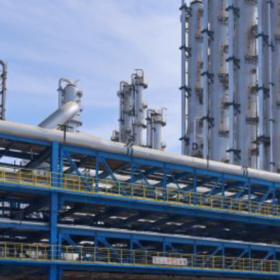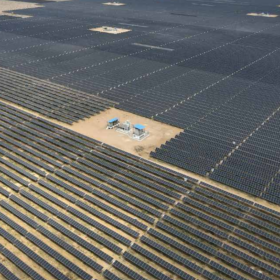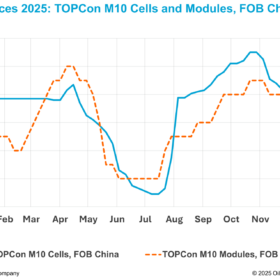NTPC seeking 135 MW of PV modules for solar project in Rajasthan
State-run power producer NTPC has launched global bidding to supply 135 MWdc of 530 Wp crystalline solar modules for its Anta solar project in Baran district, Rajasthan. Bidding closes on July 28.
CEA-INES develops 18.95%-efficient flexible perovskite solar panels
French researchers have developed PV modules with an area of 11.6 square centimeters for indoor applications. They said the achieved efficiency level marks a world record for a flexible perovskite device larger than 10 square centimeters.
Solar window generates electricity, thermal energy
A research team in Hong Kong has built a solar window that can generate power on the external side via a luminescent solar concentrator and thermal energy on the internal side via transparent solar absorbers.
Solar auctions in India to attract large developers
A new report shows that renewable energy companies will continue to compete in upcoming auctions in India, undeterred by challenges such as rising materials costs and surging interest rates.
China’s solar cell capacity exceeds 361 GW
Tongwei has also secured another massive polysilicon order and Golden Glass has invested in more heterojunction solar cell capacity. Furthermore, China’s National Energy Administration (NEA) said 23.7 GW of new solar was deployed in China in the first five months of the year.
Solar panels based on biosourced materials
French solar energy institute INES has developed new PV modules with thermoplastics and natural fibers sourced in Europe, such as flax and basalt. The scientists aim to reduce the environmental footprint and weight of solar panels, while improving recycling.
High-wattage solar modules increase risk of thermal runaway
Longi Solar outlines its high-temperature mitigation logic in designing the lower current, high-wattage Hi-MO5 solar panel series.
Longi signs 1 GW of orders in Bangladesh
From pv magazine Global The deals include utility-scale and distributed solar plants. The contracts are with independent power producers and customers in the commercial and industrial (C&I) segment. The customers include Desh Energy, Sundrop Power, PDL-Greene Solar Power, Omera Solar, Walton Hi-tech PLC, Beximco Textile, and Edison Power. Longi said Bangladesh is a typical South […]
Solar-powered offgrid residential unit from Japan
Japan’s Arth has designed an autonomous habitation module that produces water in places without energy and water infrastructure. The company said the residential unit could also be used as an emergency evacuation site.
Photovoltaic water heater from Italy
Italian solar panel manufacturer Sunerg has developed an integrated photovoltaic water heater solution based on two resistances. The system relies on a maximum power point tracking (MPPT) controller and can work with a PV module with a power output of up to 450 W.
